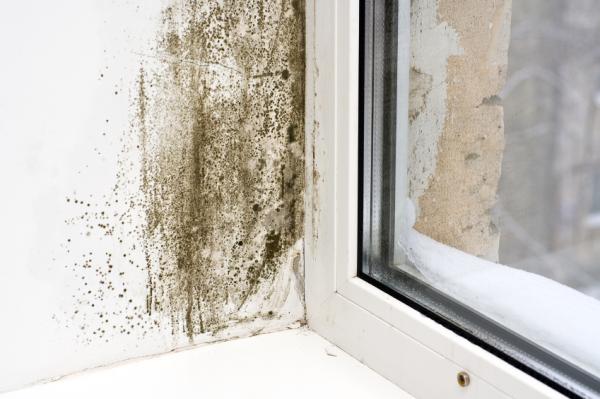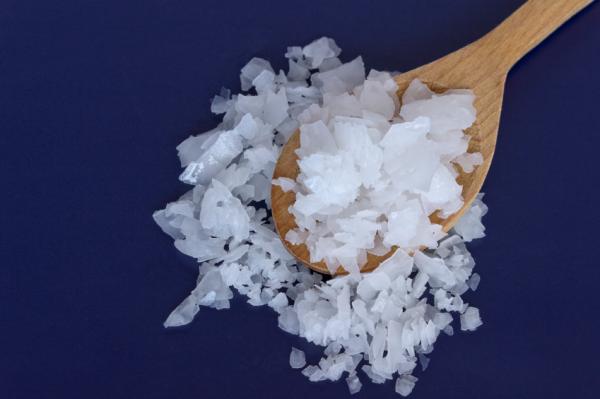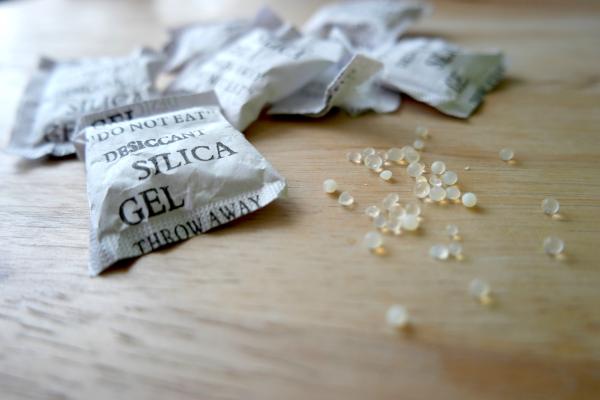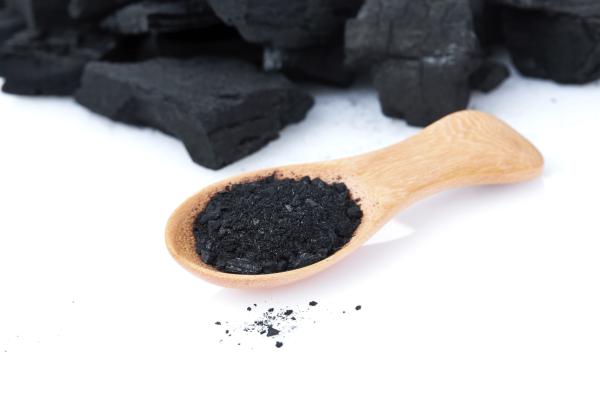How to Make a Homemade Dehumidifier


Excess moisture is harmful to health and the human body, so we should always try to prevent humidity at home. This task can be difficult in certain circumstances, especially when depending on factors like weather. This is why we need to incorporate various techniques to help us reduce humidity levels. Dehumidifiers are very useful for this, but many commercial dehumidifiers can be prohibitively expensive. That is why we oneHOWTO explains how to make a homemade dehumidifier, so you can solve your moisture problem without creating a financial one.
You'll need:
- Calcium chloride
- Sock or Lycra tight
- Support of wood, metal...
- Plastic container
Homemade calcium chloride dehumidifier
There are several ways in which you can make your very own homemade dehumidifier. One of the easiest is to use calcium chloride. This is a salt which is used for many industrial and commercial purposes, but it can also be useful in the home:
- You first need to buy some calcium chloride. You can find this in drug stores or DIY centres, usually sold as small white pellets or flakes.
- Once you have the calcium chloride (which will be responsible for absorbing the moisture), you need to put it in a sock or Lycra stocking and tie a knot at the end.
- Then you should create a support on which to fix the sock or stocking so it hangs. It must not touch the bottom of the container. You can use a small piece of wood, metal or other material for support to stop this from happening.
- Place a plastic saucer or something similar that can collect the water dropped from the calcium chloride under the sock or stocking. By doing so you will see how the homemade dehumidifier reduces humidity levels.
- Remember to keep an eye on the container and to empty it when full.
- After some time you will have to replace the calcium chloride and refill to continue absorbing moisture from your home.
Make sure you monitor your homemade dehumidifier regularly, as calcium chloride eventually turns to a liquid state and will not be useful as a dehumidifier.

Homemade electric dehumidifier
If you have a bad case of mildew buildup, it will be worsened by humidity. A homemade electric dehumidifier can help reduce mildew and prevent its return once its's gone. A fan can be very beneficial in getting rid of the excess humidity. This is a little more elaborate than some of the options on our list of ways to make a homemade dehumidifier. It is also one of the most effective. Here is the method:
- Take a bucket and create a hole 1/4" in the center of the base.
- Get a plastic net and cover the hole over to fit over it.
- Buy a suitable desiccant and fill the bucket with it. The net should avoid the desiccant from falling directly out the hole.
- Put the bucket on a stand with another bucket underneath. This second bucket will collect the water from the excess moisture that the dehumidifier will absorb.
- Place a fan on a stand next to your dehumidifier. This will provide more effectiveness by circulating the humid air in the room past the desiccant.
Homemade silica gel dehumidifier
You know those little packets that come with your brand new coat? They look like sugar packets but are marked not to consume? That is silica gel. It is one of the best products to make a desiccant to prevent moisture buildup. It maye not be as effective as the methods mentioned above, so it's not good for serious mildew problem.
This dehumidifier will help get rid of humidity when it has built up in a certain area, especially if it is an enclosed space such as a wardrobe.
- Carefully open the silica gen packages and pour them in a bowl, you'll need a minimum of five.
- Get a glass jar and create as many small holes as you can on the top.
- Pour the silica gel in the jar and close with the top perfectly screwed on.
- Place the glass jar in the place where you want to get rid of the humidity.
To know when you should replace the silica gel balls in your dehumidifier, keep an eye on their color. When the balls become pink, it means that they are saturated with water buildup and need to be changed.

Creamer dehumidifier
Another highly effective method to make a dehumidifier is by using non-dairy creamer or coffee whiteners. Though they are intended as a dairy substitute in coffee, the truth is that coffee whitener is actually an effective desiccant.
- Get a medium sized bowl and pour some powdered coffee whitener in all the way to the top.
- Leave it on a safe surface in the room where you want to create your dehumidifier.
- Wait until it has hardened, this will pick up the excess moisture.
- Remove and change again.
This trick is surprisingly one of the most effective methods to get rid of humidity at home.
Rock salt dehumidifier
We have already seen that different salts, such as calcium chloride, can be used as desiccants for dehumidifiers. However, let's not forget one of the most common: sodium chloride, aka what we often simply refer to as ‘salt’. While salt comes in different forms, rock salt is one of the most useful if you want to make a dehumidifier. The method to make the rock salt dehumidifier is up to you. Use any of the methods on this list to try it, but check out our article on how to make a dehumidifier with rock salt for best results.
Charcoal dehumidifier
Did you know about the household uses of charcoal? Apart from being great for beauty therapies, it is actually very useful to get rid of moisture in the summer too. Follow these steps to make your own homemade charcoal dehumidifier.
- Get hold of a can with a top or a plastic container that can also be sealed.
- Create a hole on the top like we did with the silica gel.
- Add just one handful charcoal in briquettes in the container.
- Close or seal it.
- Replace every two months approximately.
Your dehumidifier is now ready to use. This is also a home remedy that is best for enclosed and small spaces.

If you have a excess humidity at home, we advise you to read the following articles:
If you want to read similar articles to How to Make a Homemade Dehumidifier, we recommend you visit our Maintenance and home security category.
Tips
- You can also purchase a dehumidifier for a reasonable price at specialized stores.








